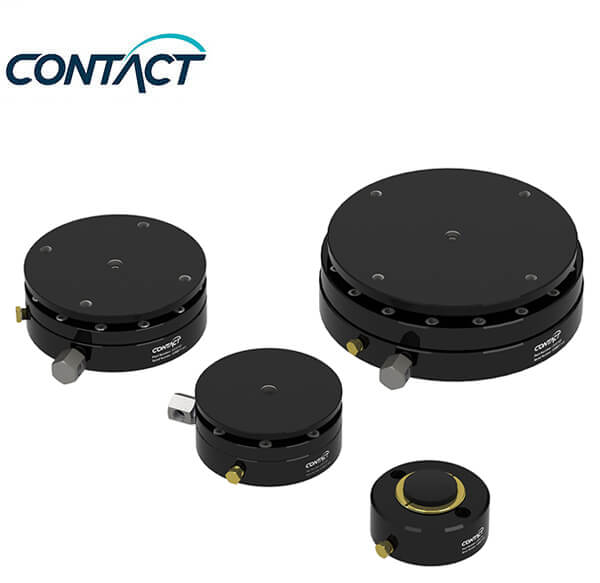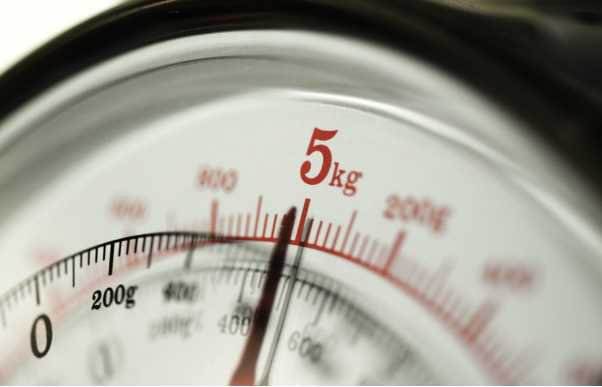3 Types of Load Cells You Should Know
Load cells have different uses in the industry and on an oil rig. Accordingly, they're available in different designs to match the requirements of the job.
Here's a closer look at load cells and some of their most commonly used types:
What is a Load Cell?
A load cell
is a transducer. It's used to convert force into an electric output so that it
can be accurately measured. Load cells can be categorized as different types
depending on their weight detection mechanism or the output signal that they
produce.
Different Types of Load
Cells
The most
popular types of load cells are:
·
Hydraulic
load cells
·
Pneumatic
load cells
·
Strain-gauge
load cells
Each type
is discussed below:
1. Hydraulic Load Cells
A standard
piston and cylinder arrangement is used in
a hydraulic load cell filled with oil. Since the piston is located inside
an elastic diaphragm, the cell uses mechanical features to make sure that the diaphragm
isn't subjected to too much strain.
Upon applying
the load, the piston moves inside the diaphragm and causes the oil pressure to
increase. This pressure is measured by a hydraulic pressure gauge and displayed
on the dial where it can be easily read.
Since a
hydraulic load cell lacks any electrical components, it's robust enough to be
used in outdoor applications without adversely impacting its accuracy.
2. Pneumatic Load Cells
Pneumatic
load cells are often preferred for their ability to keep their balancing
pressure in check without human intervention. They use multiple dampeners,
resulting in greater accuracy compared to other types of cells even when
weighing small quantities.
Pneumatic
load cells operate on air pressure. Load application causes the air pressure
inside the cell to change, and this change is registered on a pressure gauge
attached to the cell.
Besides
their accuracy, a major benefit of pneumatic load cells is that they're impervious
to changes in the temperatures. They're also explosion-proof, and their lack of
fluids makes them ideal for usage in environments where cleanliness is a
priority.
3. Strain-Gauge Load Cells
A
strain-gauge load cell is by far the most widely used load cell in industrial
settings, thanks to its high accuracy and cost-effective design.
Strain-gauge
load cells use materials such as stainless steel or aluminum in their
construction. The cell primarily consists of a grid that becomes slightly
deformed during load application. This deformity creates a change in the
electrical resistance of the attached gauges, which can then be measured as a voltage.
About Contact Instruments
Contact Instruments provides weight
indicator systems, standpipe
pressure gauges, load
cells and pressure sensors, and drilling rig instrumentation to clients in
Canada, United States, and elsewhere. The company's full product range can be
seen on their website. Contact
them for more information and sales inquiries.





Comments
Post a Comment